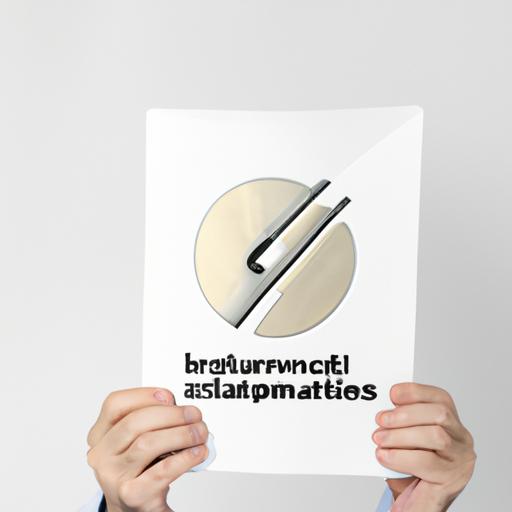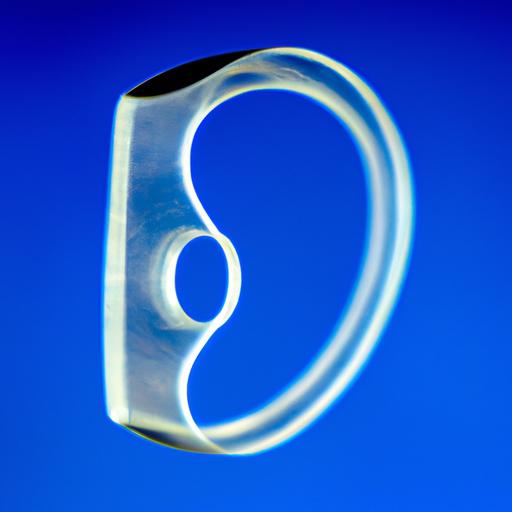“`html
The Evolution of 3D Printing in Modern Manufacturing
In an age dominated by innovation, the rise of 3D printing has emerged as a pivotal force revolutionizing the manufacturing sector. Once confined to specialized applications and experimental projects, this state-of-the-art technology has entered mainstream production, signaling a transformative phase that breaks away from traditional manufacturing norms. With capabilities ranging from intricate designs to bespoke solutions, 3D printing is more than just a method; it represents a paradigm shift in how we create and distribute products. As industries worldwide adopt this change, the implications for efficiency, sustainability, and creativity are striking. Let us explore how 3D printing actively reshapes today’s manufacturing landscape and fosters a more adaptable production environment.

Cutting-Edge Materials Transforming Manufacturing
The manufacturing field is undergoing rapid transformation due largely to advancements in materials that enhance the functionality of 3D printing techniques. Leading examples include polymers, metals, and composite materials, all contributing unique characteristics catering to various industrial requirements. For instance, advances in thermoplastics like Nylon and PLA have become vital for producing lightweight yet robust prototypes. Likewise, metal powders are changing the fabrication approach for complex components particularly used within aerospace and automotive sectors. These pioneering materials enable designs previously deemed impossible while also cutting back on waste generation and minimizing production timelines.
Additive manufacturing also facilitates highly tailored solutions geared towards specific applications. Industries are utilizing options such as bio-based plastics alongside high-temperature ceramics to craft components meeting rigorous specifications with alarming accuracy. The vast potential for customization associated with these technologies not only enhances operational efficiency but also promotes greater environmental sustainability—suggesting that the integration of 3D printing marks not merely an evolution but rather a significant leap into agile manufacturing practices.

Optimizing Supply Chains through Additive Techniques
As technological innovations accelerate today’s business landscape, incorporating additive techniques within supply chains offers organizations significant advantages in enhancing efficiency while simultaneously curbing costs. By employing 3D printing technology for on-demand part creation, businesses can sharply reduce lead times along with storage overheads—which minimizes waste output significantly while providing room for greater customization throughout production processes.
- Efficacious Material Use: Additive methods consume fewer resources compared to conventional standards.
- Accelerated Design Development: Rapid prototyping capabilities allow quicker iteration cycles on new concepts.
- In-House Production Benefits: Localized operations help diminish shipping delays along with related expenses.
This flexibility presented by modern additive technologies enables firms to react promptly amid swings in market demand without maintaining cumbersome stocks—an essential advantage witnessed primarily across industries like aerospace transportation systems or healthcare sectors where precision paired with time sensitivity remains critical element success rates.
The table below illustrates varied industry applications demonstrating fruitful outcomes derived from this groundbreaking strategy:
| Sector | Adequate Advantages Offered by Additive Methods |
|---|---|
| Aerospace Sector | Enhancements concerning component weight lessening leading directly towards improved fuel effectiveness . |
| Automobile Industry  ;    ; |
